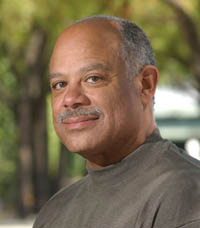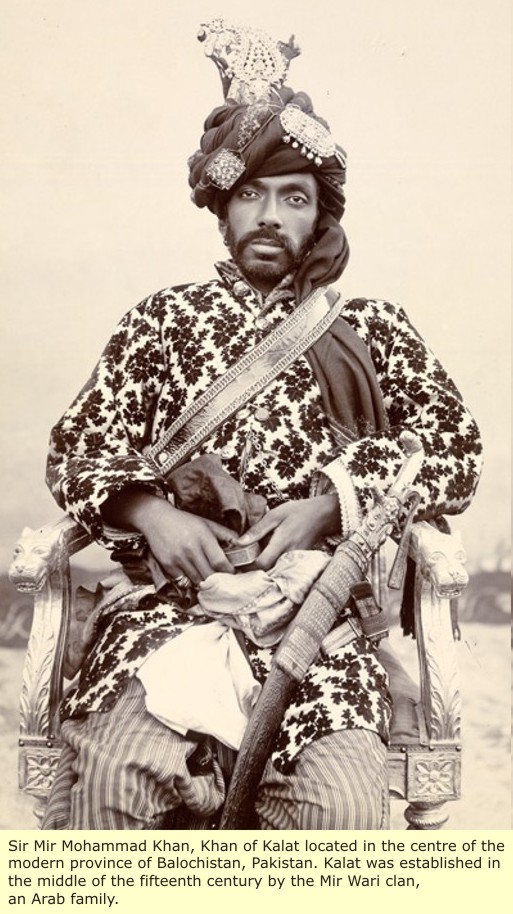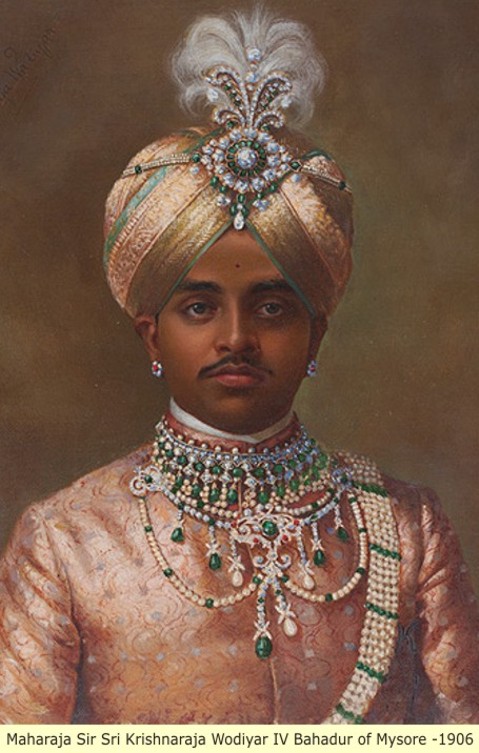 This illustration of Viking Varangian troops near Moscow is from the chronicle of Skylitzis, he was a Greek historian, dead c. 1100
This illustration of Viking Varangian troops near Moscow is from the chronicle of Skylitzis, he was a Greek historian, dead c. 1100
Category Archives: Rastas
SESOSTRIS THE GREAT, THE EGYPTIAN HERCULES.
By Samuel David Ewing
Pg.225. “Eratosthenes ( ? ) ( From Syncellus ) App.II Fr. 39 King of Thebes 34. The thirty fourth King of Thebes was Sistosichermes, “Valiant Heracles,” ( Sistosis or Sesortosis, “Valiant Hermes or Heracles” ), for 55 years. Anno Mundi 3791.” From Manetho, With An English Translation By W.G. Waddell, published by Harvard University Press , London 1940, 1948.
Sesostris the Great’s name has been translated in various ways from the Greek, Roman, and English translations as Senusret I, Senwosret I, Sistosis, Sesortosis, Sesoothis, and Sen-Wos- Ret I. Sen-Wos-Ret means “son of Wosret.”
Wosret is the goddess who was known as a form of Hathor in Egypt. Wosret ruled over precious metals, wealth, mines, and treasures. The ancient black African ruler, Sen-Wos-Ret I knew Her to be his patron deity during his successful military campaigns, and she was the motivating ideal behind his mission to conquer the entire world.
With that in mind I will now list some of his accomplishments:
1. He used prisoners of war for an extensive building projects throughout Egypt.
2. He was worshiped as a living god during the 12th Dynasty of Egypt.
3. Sen-Wos- Ret I began a series of victorious military expeditions against the Asiatics, Libyans, and various nomads ( Bedouins ) who threatened the people of Egypt. He became ruler of Egypt in 1971 B.C. and ruled until 1928 B.C.
4. He enforced loyalty and discipline in Egypt, giving the governors responsibility for the management of the nomes ( towns ).
5. He was the first Egyptian king to rule over Ethiopia, including lower Nubia, and use its gold mines to add to the empires wealth.
6. Strabo, XVII reports that Sen-Wos-Ret I had built a canal starting from the Nile River to the Red Sea.
7. He ordered the rebuilding of the Temple of Amen at Ipet-sut ( Karnak ) in stone.
8. He erected red granite obelisks to be placed at Heliopolis ( Northern Anu ).
9. He led a great expedition to Punt on the Somali Coast.
10. He had built the largest pyramid in the history of the Middle Kingdom Period of Egypt’s history. The pyramid was 352 ft. tall.
11. He protected Egypt’s borders by winning victories in a succession of military conquests to the South to gain the benefits of the economic mechanisms in Lower Nubia and to continue trading with the nations of West Asia.
12. The ancient Greeks called him “Heracles Kharops” ( Heracles the Flashing-Eyed ), “Kekrops”, and “Sistosichermes Valiant Hercules.” He founded and built Athens, Greece, considered to be the greatest center of culture, academics, art, and the sciences in ancient Greece. This city is credited to being the catalyst for European – based civilization ( the West ) and originated with the black king Sen-Wos- Ret I known as Heracles Kharops.
13. He was the second ruler of the 12th Dynasty, he ruled for 34 years, and built 13 fortresses from Egypt to the Second Cataract. He made use of the harvest from Wadi Hammamat for food supplies.
14. He completed the construction of the Wall Of Princes. He founded colonies in the areas of the Danube River, the Black Sea, Strabo, Book III records that Sen-Wos- Ret I conquered Palestine, Syria, Mesopotamia, Armenia, Iberia, Colchis, and ancient Hindu writings record his invasion of India.
Numerous sources indicate that he was the first man to conquer the entire world centuries before Alexander the Great was born, that this has been a point of controversy among scholars and archaeologist, however evidence is being discovered that verifies the claims of ancient writers.
Yohannes Maurus Johannes Morus, Vizier of Sicily (12th century)
Mark Dean – The African-American Computer Wizard

Born in Jefferson City, Tennessee, Dean holds a bachelor’s degree in electrical engineering from the University of Tennessee, a master’s degree in electrical engineering from Florida Atlantic University and a Ph.D. in electrical engineering from Stanford University. Dean is the first[5] African-American to become an IBM Fellow which is the highest level of technical excellence at the company. In 1997, he was inducted into the National Inventors Hall of Fame.
Moorish Portugese Sailors in Japan 1542 A.D: The Black European Series
Moorish (Black) Kings of India – Pictures and Images
The Moorish Trumpeter: The Black Europeans
The Muurish Trumpeter at Henry VIII’s Tournament
According to an online entry: “… John Blanke, a Black (Moorish English) trumpeter, was a regular musician at the courts of both Henry VII and Henry VIII. Musicians’ payments were noted in the accounts of the Treasurer of the Chamber, who was responsible for paying the wages. There are several payments recorded to a ‘John Blanke, the blacke trumpeter’. This trumpeter was paid 8d a day, first by Henry VII and then from 1509 by Henry VIII.” See John Blanke
Marvin Gaye: Mercy mercy me!
Oh, mercy mercy me
Oh, things ain’t what they used to be
No, no
Where did all the blue sky go?
Poison is the wind that blows
From the north, east, south, and sea
Oh, mercy mercy me
Oh, things ain’t what they used to be
No, no
Oil wasted on the oceans and upon our seas
Fish full of mercury
Oh, mercy mercy me
Oh, things ain’t what they used to be
No, no
Radiation in the ground and in the sky
Animals and birds who live nearby are dying
Oh, mercy mercy me
Oh, things ain’t what they used to be
What about this overcrowded land?
How much more abuse from man can you stand?
My sweet Lord
My sweet Lord
My sweet Lord
Black Chinese and other Asiatics – presented by malibudusul
“Founded by King Tang or Ta, the earliest documented rulership of China was the Shang Dynasty (or Chiang) c. 1500-1000 B.C., which is credited with bringing together the elements of China’s earliest known civilization. The Shang were given the name Nakhi (Na-Black, Khi-man). Under the Black dynasty, the Chinese established the basic forms of a graceful calligraphy that has lasted to the present day.





